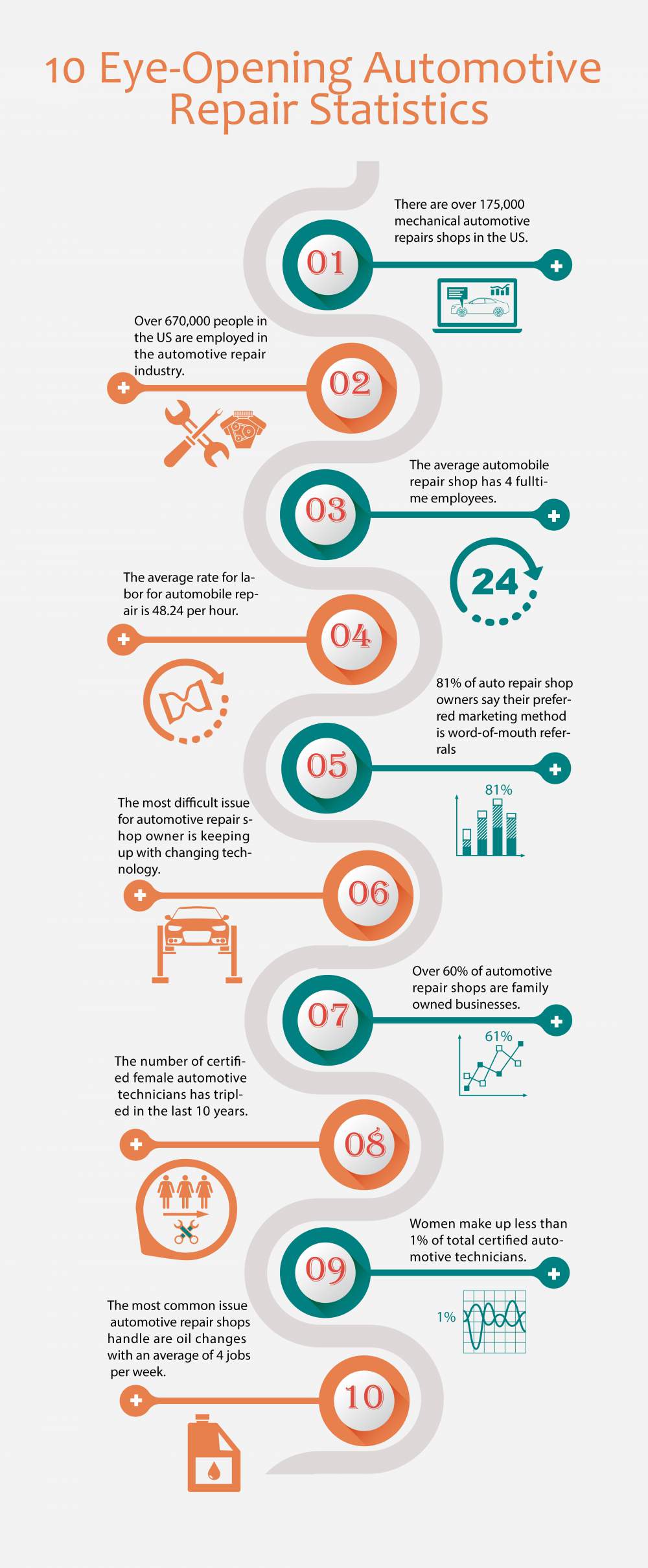Realizing The Significance Of Your Car'S Warning Signals: What They Really Represent
Realizing The Significance Of Your Car'S Warning Signals: What They Really Represent
Blog Article
Post Produced By-Sykes Shepherd
When you lag the wheel, those glowing warning lights on your control panel can be a little bit bewildering. Do you understand what they're trying to inform you regarding your auto's wellness? Recognizing the significance of these lights is important for your safety and security and the durability of your automobile. So, the next time among those lights appears, would not you wish to decipher its message properly and take the necessary actions to address it?
Common Warning Lights and Interpretations
Identify common warning lights in your automobile and understand their definitions to make sure secure driving.
One of the most typical warning lights consist of the check engine light, which signifies problems with the engine or exhausts system. If this light begins, it's crucial to have your automobile checked quickly.
The oil stress alerting light indicates low oil pressure, calling for instant interest to avoid engine damages.
A flashing battery light may recommend a faulty billing system, potentially leaving you stranded if not resolved.
The tire pressure surveillance system (TPMS) light informs you to reduced tire stress, affecting car stability and gas effectiveness. Overlooking this might lead to unsafe driving conditions.
The abdominal light shows an issue with the anti-lock braking system, jeopardizing your capability to quit quickly in emergency situations.
Finally, the coolant temperature level warning light warns of engine getting too hot, which can result in extreme damages if not settled quickly.
Recognizing canterbury auto detailing will help you deal with concerns promptly and preserve risk-free driving conditions.
Importance of Prompt Attention
Understanding the usual warning lights in your auto is only the first step; the importance of promptly resolving these cautions can not be emphasized sufficient to guarantee your safety when driving.
When a caution light illuminates on your dashboard, it's your auto's method of connecting a possible problem that needs attention. Ignoring these warnings can bring about a lot more serious issues down the road, endangering your safety and possibly costing you much more out of commission.
Trigger focus to warning lights can stop failures and mishaps. For instance, a blinking check engine light could suggest a misfire that, if left unattended, might create damages to the catalytic converter. Resolving this immediately can conserve you from a costly repair work.
Similarly, a brake system alerting light could indicate reduced brake fluid or used brake pads, crucial elements for your safety when driving.
DIY Troubleshooting Tips
If you observe a caution light on your dashboard, there are a few DIY fixing tips you can try before looking for specialist aid.
The very first step is to consult your cars and truck's manual to comprehend what the specific warning light suggests. Occasionally the problem can be as simple as a loose gas cap causing the check engine light. Tightening up the gas cap may deal with the problem.
One more usual concern is a reduced battery, which can set off numerous cautioning lights. Examining vehicle detailer for corrosion and ensuring they're safe could deal with the problem.
If a caution light continues, you can try resetting it by detaching the car's battery for a few mins and after that reconnecting it. Additionally, checking your vehicle's liquid levels, such as oil, coolant, and brake fluid, can aid repair cautioning lights related to these systems.
Final thought
To conclude, understanding your cars and truck's warning lights is crucial for maintaining your automobile running smoothly and securely. By promptly dealing with these signals and recognizing what they indicate, you can avoid expensive fixings and possible breakdowns.
Remember to consult your car's guidebook for specific information on each cautioning light and do something about it accordingly to make sure a trouble-free driving experience.
Stay informed, remain risk-free when traveling!
